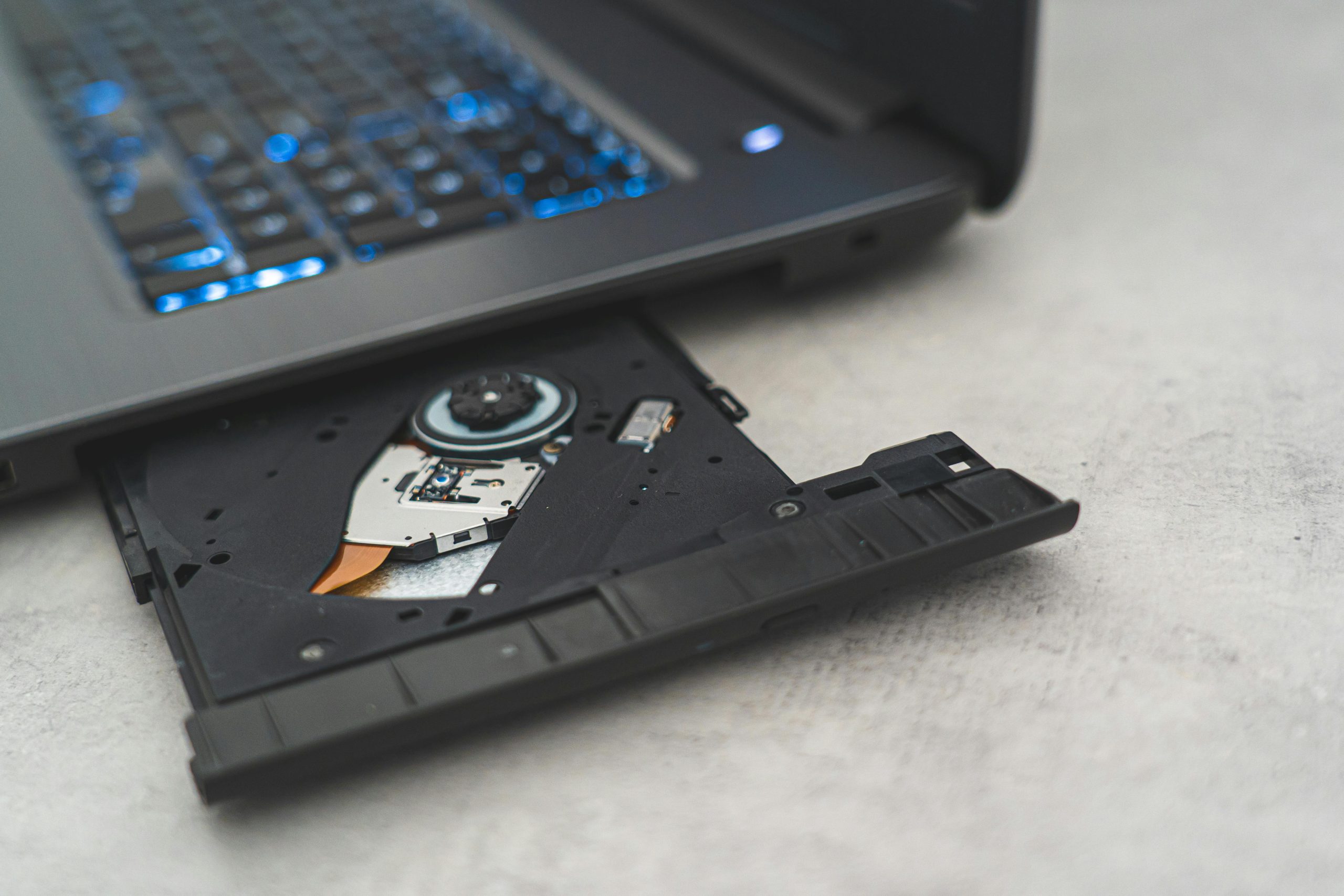Understanding M.2 SSD Compatibility: Why Your NVMe Drive Works Internally but Not via USB Adapter
If you’ve encountered a situation where your NVMe M.2 SSD functions flawlessly when installed directly into your PC but appears unrecognized or uninitialized when connected through a USB M.2 adapter, you’re not alone. This common issue can stem from several technical nuances that impact how drives are detected and accessed externally.
Scenario Overview
Consider a typical setup: a Western Digital Black SN850 1TB NVMe SSD works perfectly when installed internally within a desktop PC. However, when you connect the same drive to a UGREEN CM578 M.2 USB adapter and plug it into another computer, Windows reports the drive as uninitialized, or simply doesn’t recognize it. Notably, this drive was previously formatted and partitioned during a Windows 10 installation, and it isn’t encrypted with BitLocker or similar security tools.
Understanding the Underlying Factors
- Drive Initialization and Partitioning
When Windows detects a new drive, especially an external one, it may not automatically recognize the existing partitions if they are not in a compatible format. In your case, the drive was formatted during an installation process, but Windows may still interpret it as ‘uninitialized’ if it perceives the drive as new or if the partition table isn’t fully compatible with external access.
- Differences Between Internal and External Interfaces
M.2 NVMe SSDs rely on the PCIe interface for optimal performance and compatibility. When using an external USB adaptor, the drive is presented through a different controller and protocol—often SATA or USB bridge chips—that may lack full support for certain drive features, especially with NVMe protocols.
- Adapter Compatibility and Chipset Support
Not all USB adapters are created equal. The UGREEN CM578, while popular, may have limitations in recognizing or accessing NVMe drives, especially in read-only or non-boot scenarios. Some USB adapters only support 2.5-inch SATA SSDs and do not handle NVMe drives properly, or require special drivers.
- Partition and Filesystem Recognition
Since you want to access and read files without booting from the drive, the Windows Disk Management tool should normally recognize the drive’s existing partition and filesystem—likely NTFS in your scenario. If it appears uninitialized, it might need to be initialized without formatting, or its existing partition table might be incompatible or corrupted.
**Potential Solutions and Best
Share this content:

